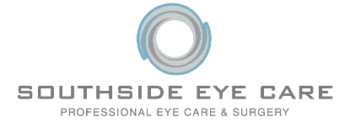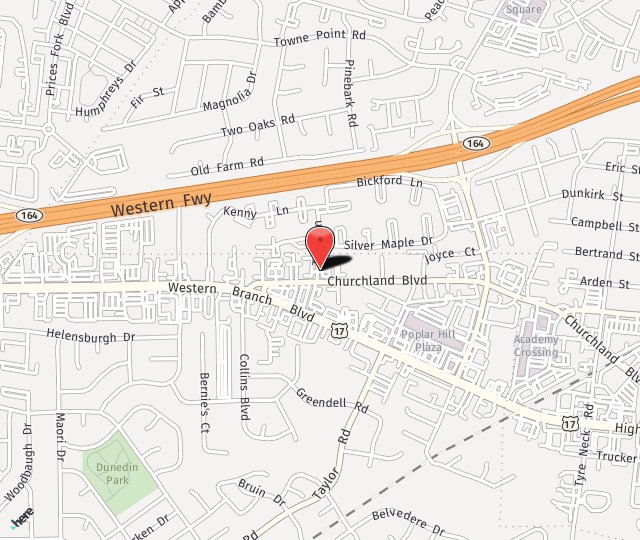Our dedicated staff’s mission is to maintain and achieve your best possible vision. We accomplish this by focusing on the individual’s vision needs and placing emphasis on patient care.
Select a procedure below to learn how we may help.
Advanced surface ablation, also known as ASA, is a blade-free laser procedure that effectively corrects refractive errors including nearsightedness, farsightedness, and astigmatism. For patients who are not candidates for LASIK, this procedure can be performed using several different techniques while providing comparable vision correction results.
A cataract is a clouding of the lens of the eye; cataract surgery is performed to improve vision by replacing the clouded lens with an artificial one. Cataracts affect millions of people in the United States each year. Most cataracts are the result of aging, though some form as a result of genetic factors, disease or injury. Cataract surgery is common and considered safe and effective.
Coming Soon...
Enucleation is a surgical procedure that involves the removal of the entire eye, it will preserve the periorbital and orbital structure. In most cases, an implant will be placed to replace the eye. A prosthetic or “glass eye” can be made after surgery to match the other eye.
Multifocal IOLs allow for full vision correction at near, intermediate and far distances, completely eliminating the need for eyeglasses or contact lenses for most patients. Some IOLs can also correct astigmatism. The procedure to implant a multifocal IOL is performed at the conclusion of cataract surgery.
Many improvements have been made in LASIK eye surgery procedures. Among the newest and most advanced improvement is iLASIK, which is the exclusive combination of IntraLase and CustomVue technologies to produce the best possible vision enhancement for patients.
Coming Soon...
Until recently the only treatment solution for floaters was removal of the vitreous, an invasive surgical procedure is known as a vitrectomy. However, with introduction of a specialized laser, a second, non-invasive option is now available for treatment of floaters. Laser Floater Treatment uses laser energy to “lyse” or break up and vaporize the clumps and strands that float in the vitreous. There are no incisions and little discomfort.
Punctal plugs, also known as punctum plugs, lacrimal plugs or occluders, are a method of treating dry eyes. Punctal plugs can relieve dry eye symptoms when eye drops or ointments fail. Punctal plugs are placed in the opening of the tear duct, reducing the natural drainage of tears and keeping the eyes moist. Punctal plugs can be a temporary or permanent solution to dry eyes.
Selective laser trabeculoplasty, or SLT, is an FDA-approved laser procedure for the treatment of open-angle glaucoma. SLT is an advanced treatment option that lowers eye pressure and increases fluid drainage. It is minimally-invasive and uses low levels of energy to selectively pinpoint the areas of the trabecular meshwork, relieving the symptoms of glaucoma. If needed, the procedure can be repeated several times without causing damage to surrounding tissue.
TearLab® testing is used for early and accurate detection of dry eye disease. Because it provides a means of quantitatively monitoring the severity and possible progression of dry eye, TearLab testing is invaluable for ophthalmologists in customizing treatments for their patients. TearLab testing measures tears’ osmolarity (salt concentration), which is an indicator of whether dry eye disease is present. The greater the osmolarity, the more severe the problem. Osmolarity in both eyes is measured, and the higher of the two numbers is used for the diagnosis.
Trabeculectomy, also known as glaucoma filter surgery, is a surgical procedure that removes part of the trabecular meshwork of the eye in order to increase the drainage of fluid. A trabeculectomy is one of the most common surgical procedures used to treat open-angle and chronic closed-angle glaucoma. A new drainage passage is created during the procedure by cutting a small hole in the sclera (the white part of the eye) and creating a collection pouch between the sclera and conjunctiva (the outer covering of the eye). This serves to create a system for bypassing the blocked drainage channels and encourages fluid drainage and reduces eye pressure.
Southside Eye Care proudly serves Chesapeake, Norfolk, Portsmouth, Suffolk and Virginia Beach as well as the surrounding areas. For more information on any of our procedures, call us at 757-484-0101 today or fill out our contact form for more information.
Resources
For more information, click on the links below:
American Academy of Ophthalmology
American Society of Cataract and Refractive Surgery

